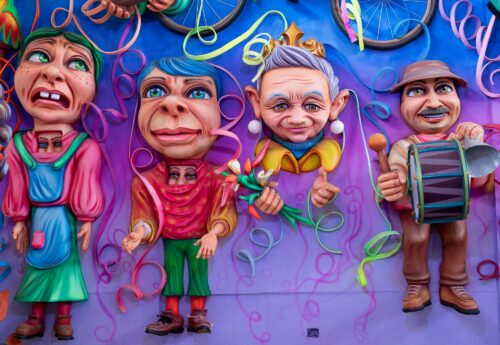
Surprises and Delights in Pasto, Colombia
By Donnie Sexton
GoNOMAD Senior Writer
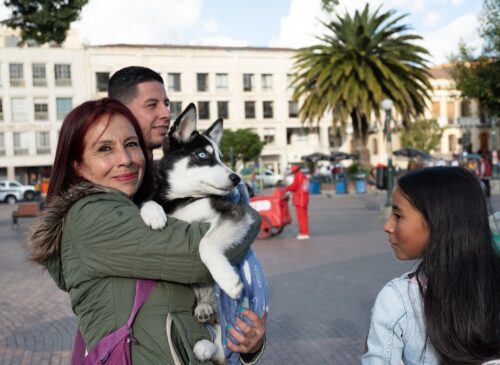
Santuario de Las Lajas in Colombia, one of the most beautiful churches in the world, had long been on my “hope to get there one-day” list.
Then a miracle happened. The Society of American Travel Writers, of which I’m a member, announced that Bogota, Colombia, would be the site of our 2022 annual convention in September. By now, Colombia had turned over a new leaf and was no longer deemed unsafe.
This South American gem was frequently making the list of hot new destinations. There are always pre and post-trip options with the convention, so I wasted no time signing up for the trip, ‘Pasto and Its Roots,’ which included a day trip to Santuario de Las Lajas. Hallelujah!
A Shot Glass of Knowledge
What I knew about Colombia could fit into a shot glass. Binge-watching Netflix movies on the notorious Colombian drug Kingpin Pablo Escobar explained how dangerous the country had been. I was aware that much of the coffee I drink originated in Colombia. The flowers I purchase at my local market are labeled “product of Colombia.”
Beyond these few morsels of knowledge, my mind was a clean slate, ready to soak up all this South American country had to offer. I arrived in Bogota anticipating the day I would stand at the door of Santuario de Las Lajas, commonly called Las Lajas Shrine.
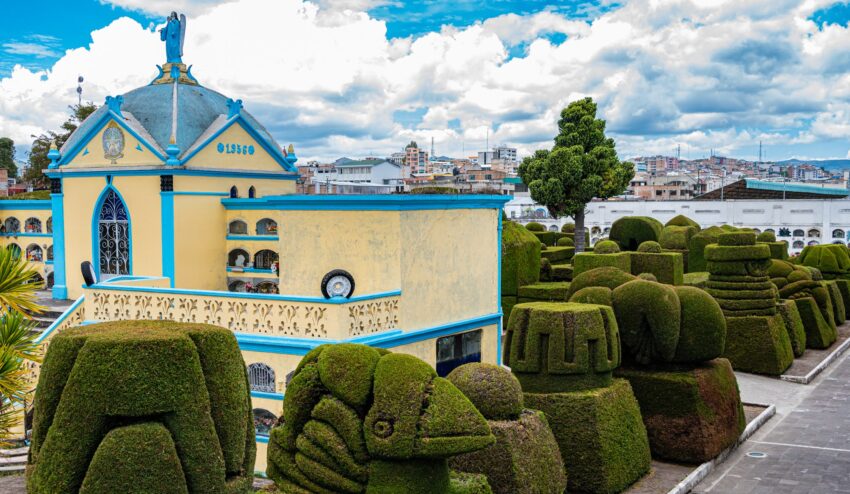
Pasto, the Surprise City
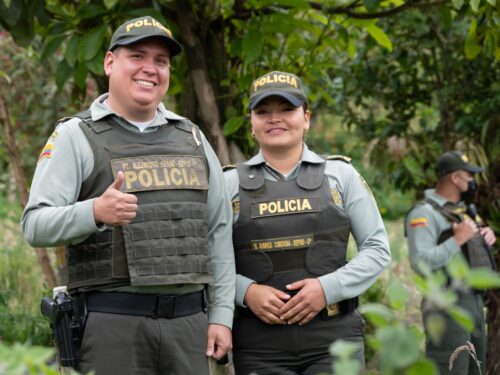
Colombia is divided into 32 geographic departments. The church is located in the department of Narino, Colombia’s southwest corner.
The capital of Narino is Pasto, sometimes referred to as the “surprise city,” and after a few days there, I couldn’t have agreed more. Our post-trip started with a one-hour plane ride from Bogota to Pasto.
On arrival, our small group was greeted by two charming hosts, Laura and Eduardo, and three police on motorcycles.
It was a bit unnerving until we discovered they were tourist police, whose job was to escort us around as though we were VIP dignitaries.
Laura and Eduardo were anxious to share their colonial city of Pasto with us, starting with a roadside stop at a café to sample hot off-the-grill corn and cheese arepas paired with Colombian coffee.
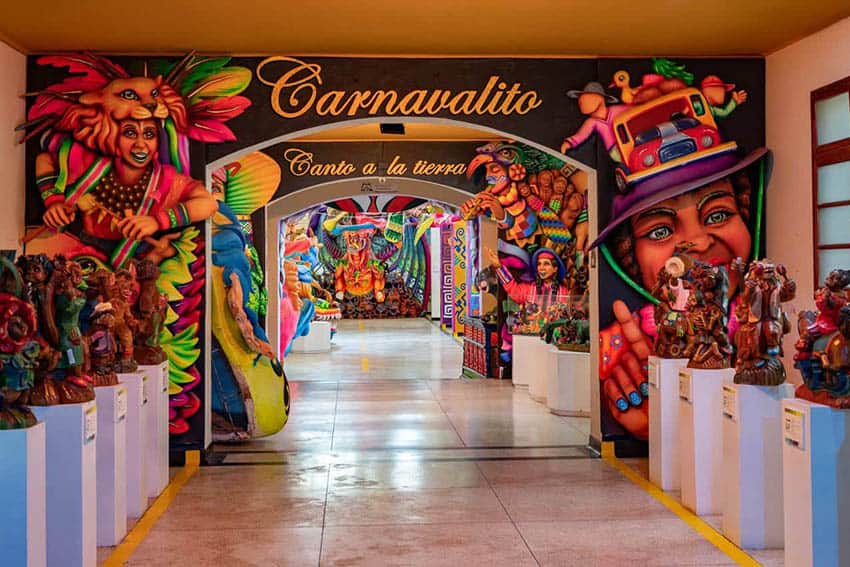
Carnival Museum in Pasto
Our second stop was a visit to the whimsical Carnival Museum in Pasto. Each year from January 2-7, Pasto hosts the Black and White Carnival, one of the most memorable celebrations in Colombia.
The last days of the Carnival are the most significant when people of all ethnicities paint their bodies black, then the next day paint themselves white to symbolize equality and celebrate cultural differences.
January 7 is the “Day of Guinea Pig,” paying homage to one of the most important dishes in Narino. The museum is a tribute to this Carnival through historical photos and rooms full of larger-than-life displays of past parade floats. I left the museum dreaming of a return trip to Pasto to experience the Carnival. We ventured into the heart of Pasto and stepped inside a few of the city’s lovely churches to finish out our first day.
Crossing into Ecuador from Pasto
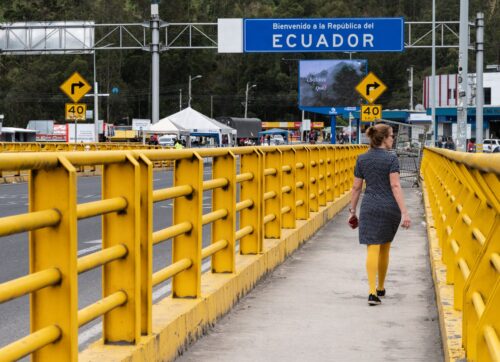
The following day started with a two-hour drive to the village of Ipiales, near Ecuador’s border and just a short distance from Las Lajas Shrine. But before we visited the church, our hosts had one more surprise for us – we crossed the border into Ecuador to visit a cemetery.
The boundary between Colombia and Ecuador consisted of a bright yellow bridge spanning a deep ravine. There was a fair amount of foot traffic, with folks carrying backpacks and bundles of goods.
No one asked for our passports; we just drove across and went on our merry way. Maybe prior arrangements had been made. Who knows!
One-of-a-kind Cemetery
The Tulcán Cemetery, just a short drive from where we crossed the border, blew my mind. There are more than 300 topiaries shaped from cypress trees surrounding the graves, including mythological creatures, animals, arches, and geometric shapes.
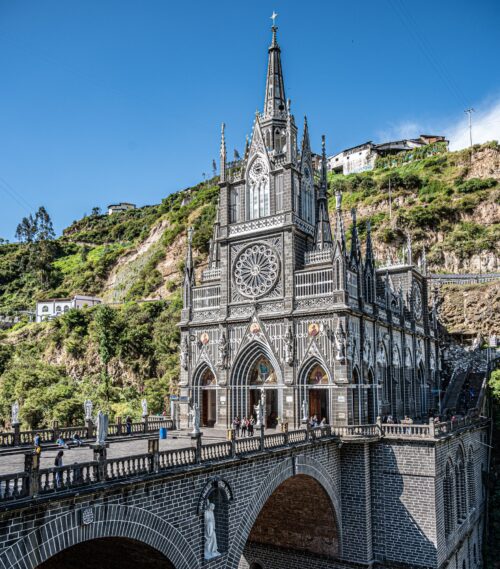
These works of art were sculpted by José María Azael Franco Guerrero starting in 1936 when he was head of the parks municipality in the city of Tulcán.
Knowing one day he would pass on, he trained his five sons to take over at his death. José died in 1985 and, fittingly, was buried among his creations.
His epitaph reads: “In Tulcán, a cemetery so beautiful that it invites one to die!” In 2005, the cemetery was renamed José María Azael Franco Cemetery.
Las Lajas Shrine
At last, we were headed to Santuario de Las Lajas. We approached the church via a steep 20-minute walk along a hillside covered with thousands of marble plaques attached to the rock walls. My best guess is the plaques were tributes to the Virgin Mary.
According to popular belief, the church was the consequence of a miracle that happened in 1754. Maria Meneses de Quiñones and her deaf daughter Rosa were traveling through the steep canyon of the Guáitara River when a storm forced them to take refuge.
An apparition of the Virgin Mary appeared to Rosa, who was suddenly healed. As news of this miracle spread, it attracted many inquisitive visitors to the canyon.
A simple shrine built out of wood marked the site. This shrine was replaced in 1802 with a more significant chapel. The gray and white stone basilica church that exists today was built between 1916 and 1949 with donations from believers. It rises 330 ft. from the bottom of the canyon and connects to the opposite side of the canyon by an arched bridge standing 160 ft. tall.
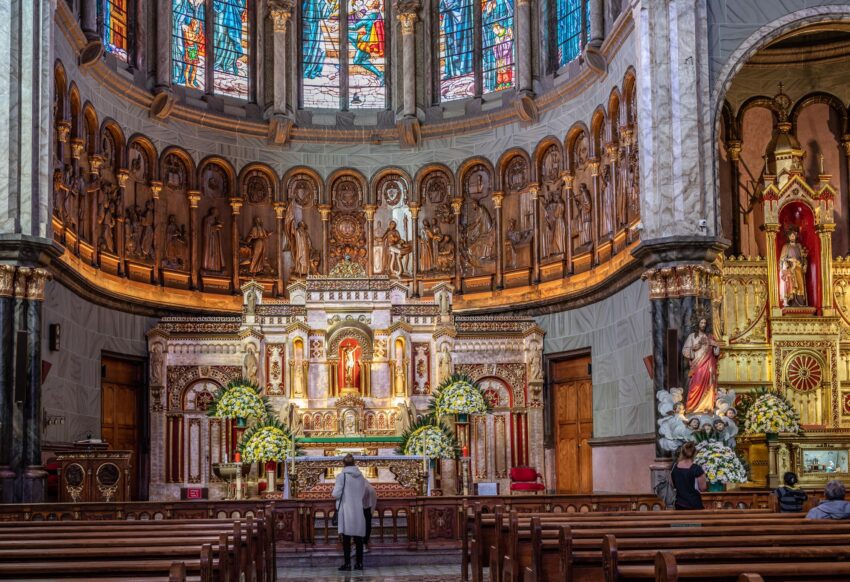
My Miracle
I was spellbound at the sight of this architectural wonder, knowing it was my miracle that I was standing at the door of Las Lajas Sanctuary. White pillars with gold trim dominated the inside of the church. German artist Walter Wolf Wasserhouen crafted the stained glass windows.
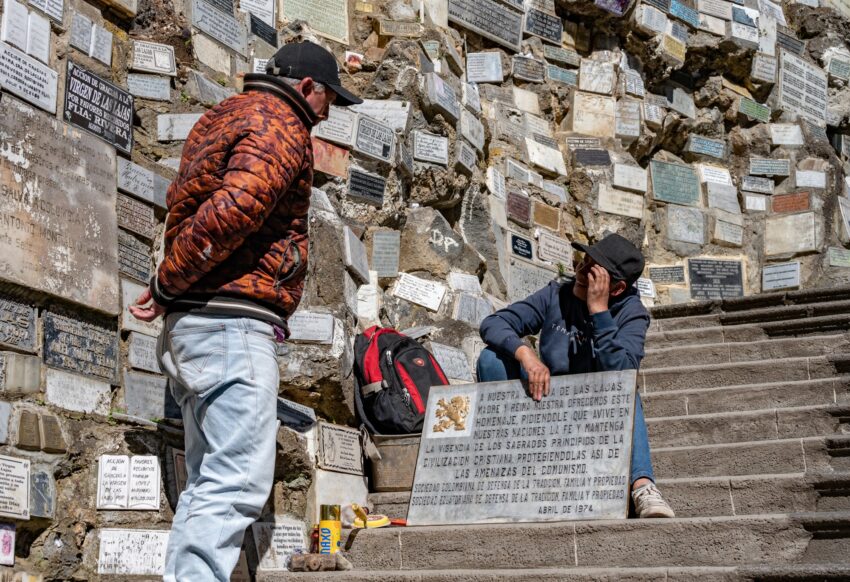
There was a mass taking place, so I didn’t linger. There is a museum downstairs with a small entrance fee, but I didn’t have time to check it out. In hindsight, I mostly just stared, overcome by the intricate details of this neo-Gothic church, hardly able to capture the beauty with my camera.
Rather than returning to our van via the steep walk uphill, we headed to a cable car just a short distance from the church for a ride up out of the canyon.
There was a small charge to ride the cable car, but it was worth it for the bird’s eye view of the church and the surrounding canyon.
One Pasto Regret!
Pasto had not disappointed. My three days in and around the city had been full of surprises and delights.
Seeing this region through the eyes of our gracious hosts, Laura and Eduardo, was the frosting on the cake.
That said, I did leave Narino with one big regret. I had spied several postcards of Santuario de Las Lajas lit up at night brighter than Christmas lights.
That’s the shot I want! I see a return trip to Pasto in my future, timed to experience the Black and White Carnival and capture images of Las Lajas illuminated at night.
- Butte, Montana: Home to the Richest Hill on Earth - April 6, 2024
- Spain’s Extremadura: History and Famous Pigs - December 20, 2023
- Storm Chasing Across Tornado Alley - October 25, 2023

